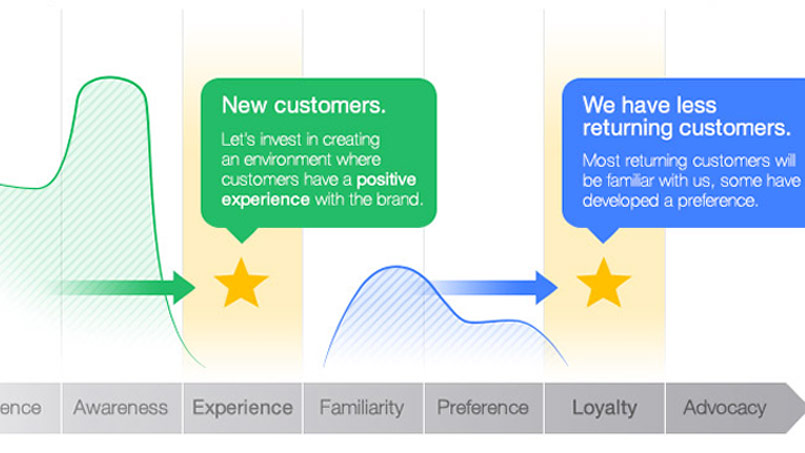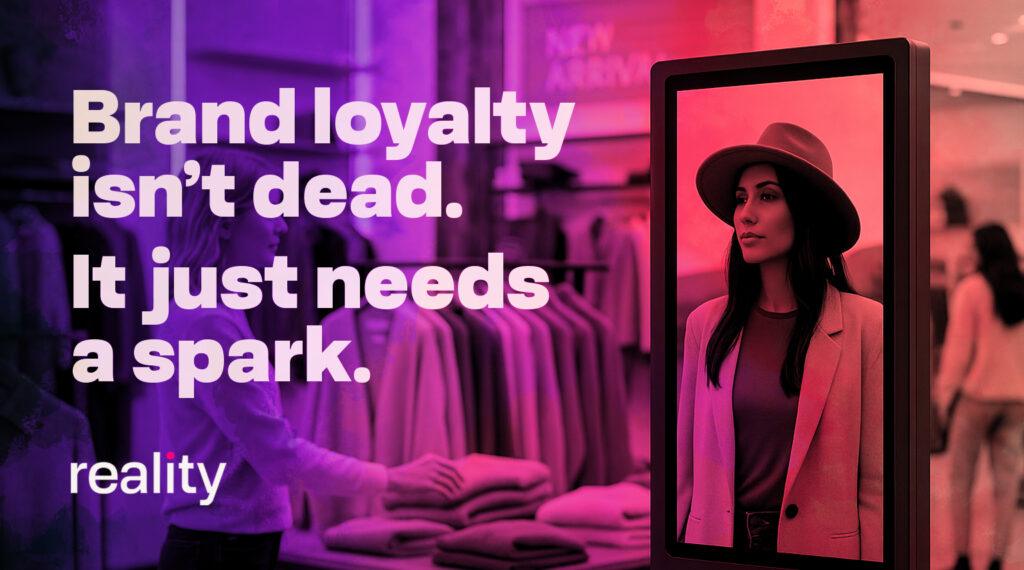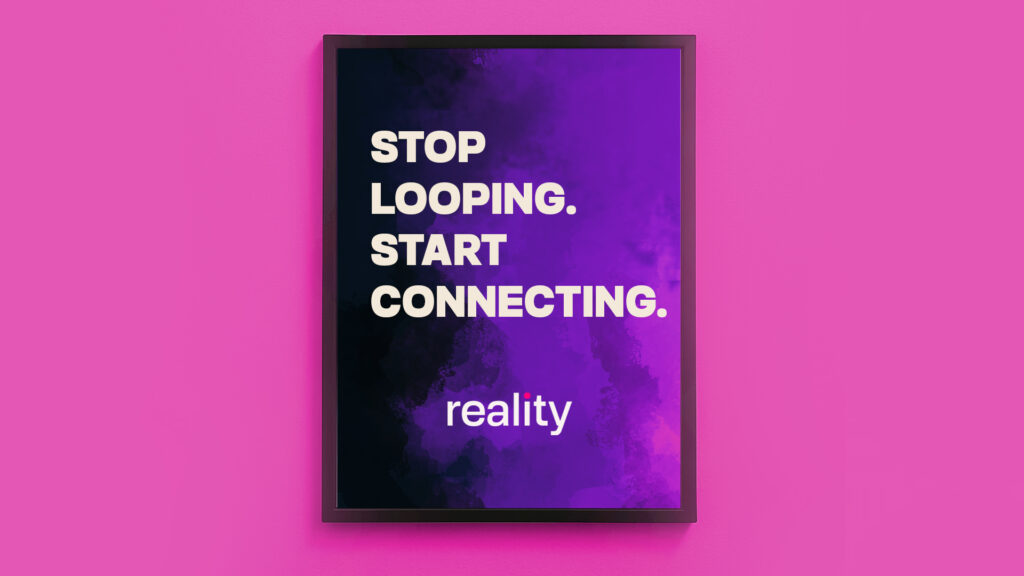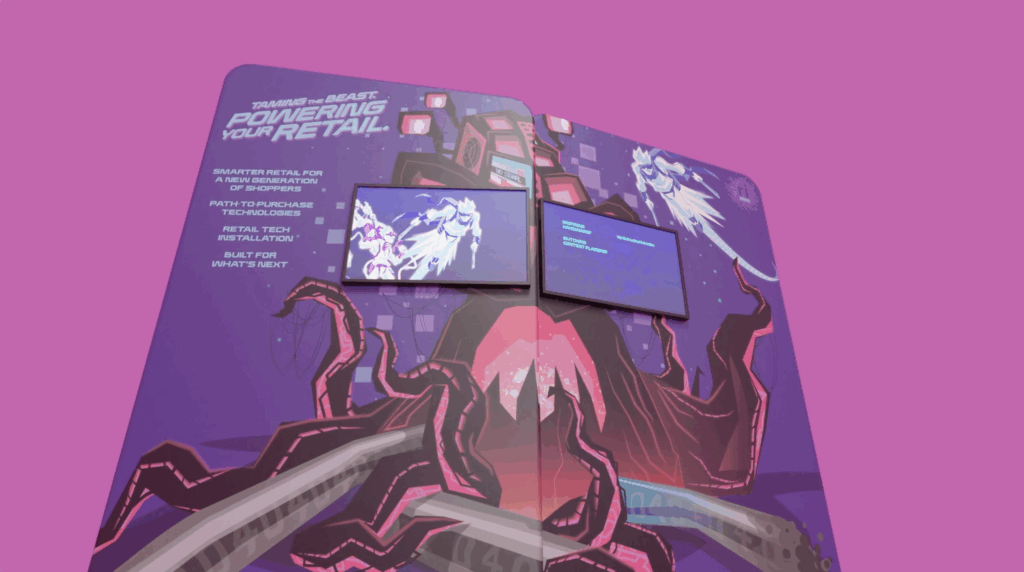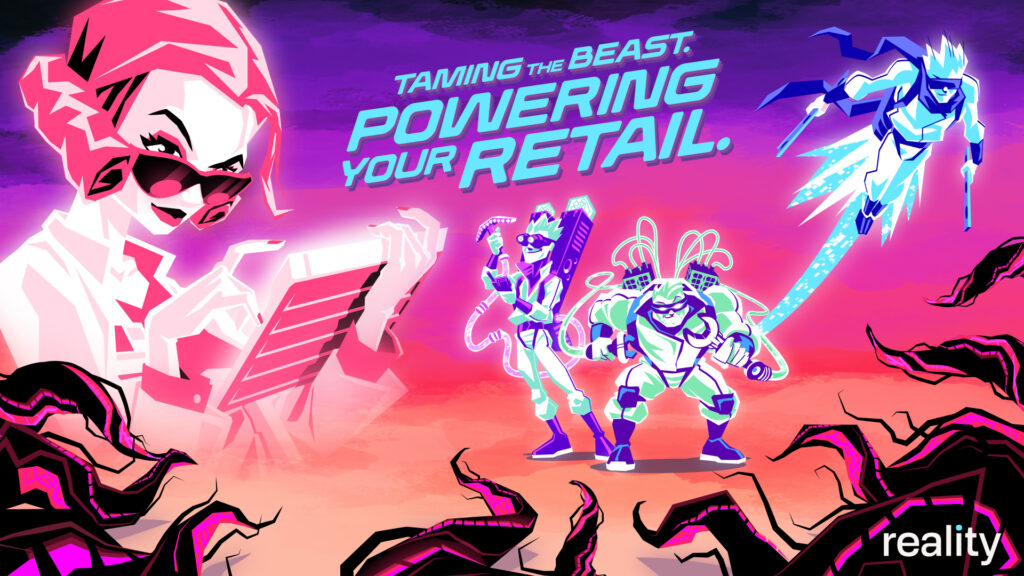Digital signage, interactive displays, storytelling content; there’s so much you can do now to enhance and modernize your retail showrooms, to get your customers excited and create better experiences for them.
[vc_separator type=’transparent’ position=’center’ color=” thickness=” up=’30’ down=”]
What Should You Invest In?
Make smart strategic choices and you could easily see a double-digit sales increase from your investment in in-store digital signage.
Or choose poorly and the road to ROI suddenly just got longer.
Luckily, there’s a sensible way to figure out where to target your digital dollars and content efforts. We promise you won’t need an MBA to follow along!
[vc_separator type=’transparent’ position=’center’ color=” thickness=” up=’10’ down=”]
The Relationship Between Customers and Brands
Here’s the thing, coming up with cool digital retail concepts for brands is awesome! But to make those concepts actually work, to get a return, you really have to understand the larger context first.
You have to start with the user, the customer. What is their relationship with the brand?
There’s a huge difference between a potential customer who has never heard of you, and one who buys from you all the time, and tells all their friends about it on Facebook.
Which of these customers is more valuable to your brand? And would you say the exact same thing to both people?
[vc_separator type=’transparent’ position=’center’ color=” thickness=” up=’10’ down=”]
The Brand Relationship Spectrum

Looking at the Brand Relationship Spectrum above, there’s a clear benefit for a brand to move customers along this line from left to right. To convert low-value absent customers into high-value loyal brand advocates.
[vc_separator type=’normal’ position=’center’ color=” thickness=” up=’30’ down=”]
Using the Brand Relationship Spectrum to Decide Where to Invest
[vc_separator type=’transparent’ position=’center’ color=” thickness=” up=’10’ down=”]
Step 1: Sort Your Customers; New vs. Returning
This could apply to visitors to a physical environment or to a single activation. We’ll use an example of customers visiting a new retail store where we want to install some digital experiences.
We think we have 80% new customers. They’ve either never previously heard of us, or they might have some knowledge of what we’re about.
We have around 20% returning or existing customers. They’ve had some experience with us already, they recognize the brand, some even have a preference for us.
[vc_separator type=’transparent’ position=’center’ color=” thickness=” up=’20’ down=”]
Step 2: The Range of Customers

[vc_separator type=’transparent’ position=’center’ color=” thickness=” up=’10’ down=”]
Step 3: Move Customers Along the Spectrum

[vc_separator type=’transparent’ position=’center’ color=” thickness=” up=’20’ down=”]
Step 4. Figure out the Focus Ratio
We think 80% of our customers are new and 20% are returning.
So does that mean we invest 80% on creating a positive experience and 20% on nurturing Loyalty?
That’s a fair guess, but the real answer is “it depends”.
If you have a customer base already, then a larger investment in making the conversion to loyalty might make more sense. Your answer could even be closer to 50/50.
[vc_separator type=’transparent’ position=’center’ color=” thickness=” up=’20’ down=”]
The Bottom Line
Getting to increased sales and ROI means understanding your customers first then making deliberate, strategic choices for your brand.
A loyal, returning customer advocating your brand is probably the most valuable thing you’ll ever have.
What experiential installations or digital messaging would encourage your customers to move along the brand spectrum? Tweet me @DouglasHDowson if you’d like help figuring that out.
[vc_separator type=’transparent’ position=’center’ color=” thickness=” up=’50’ down=”]
